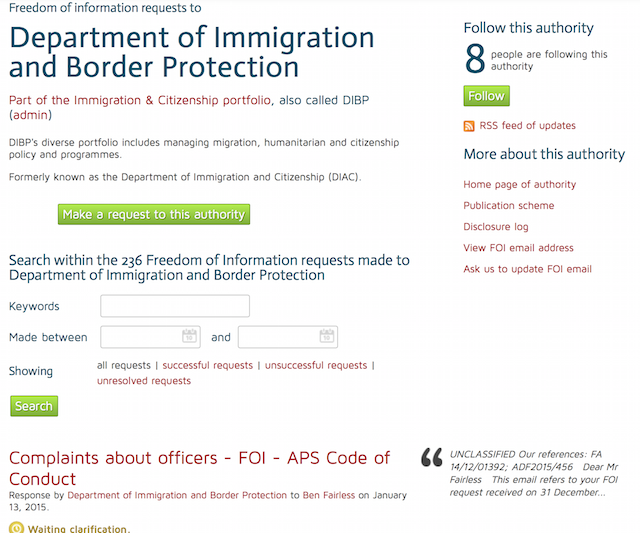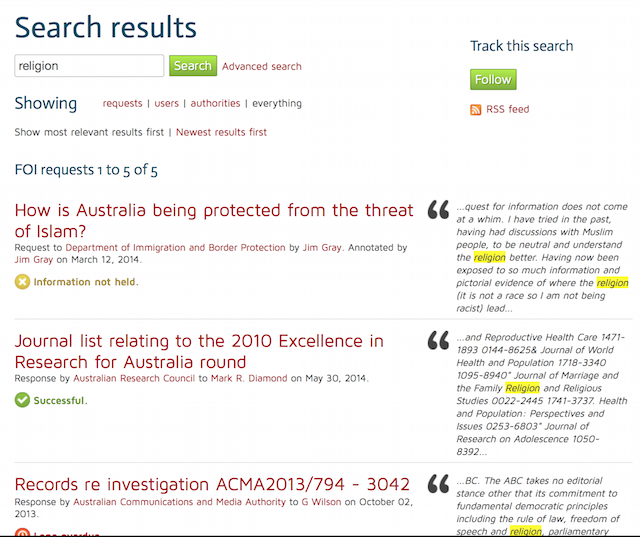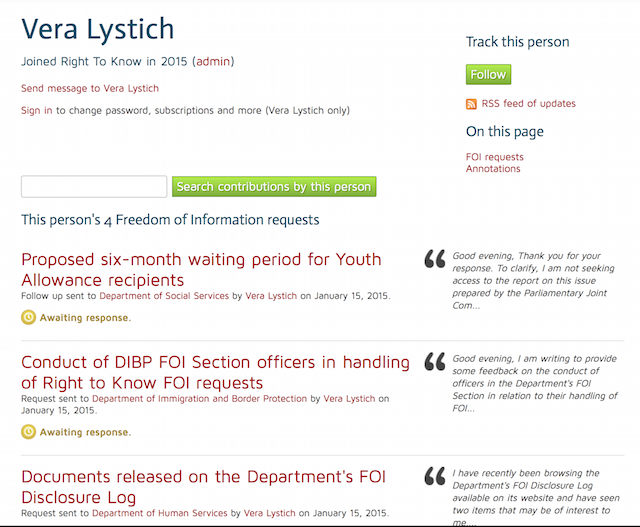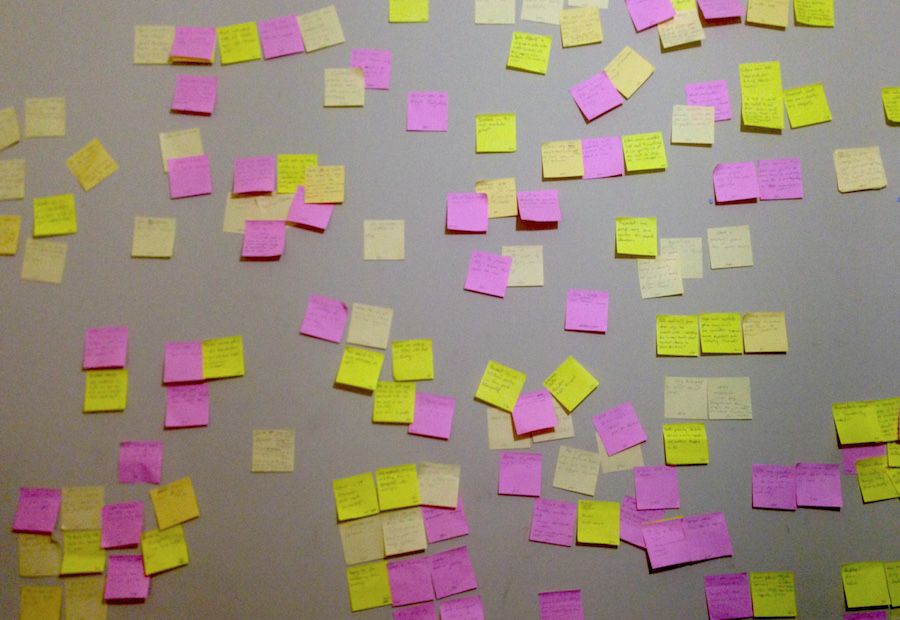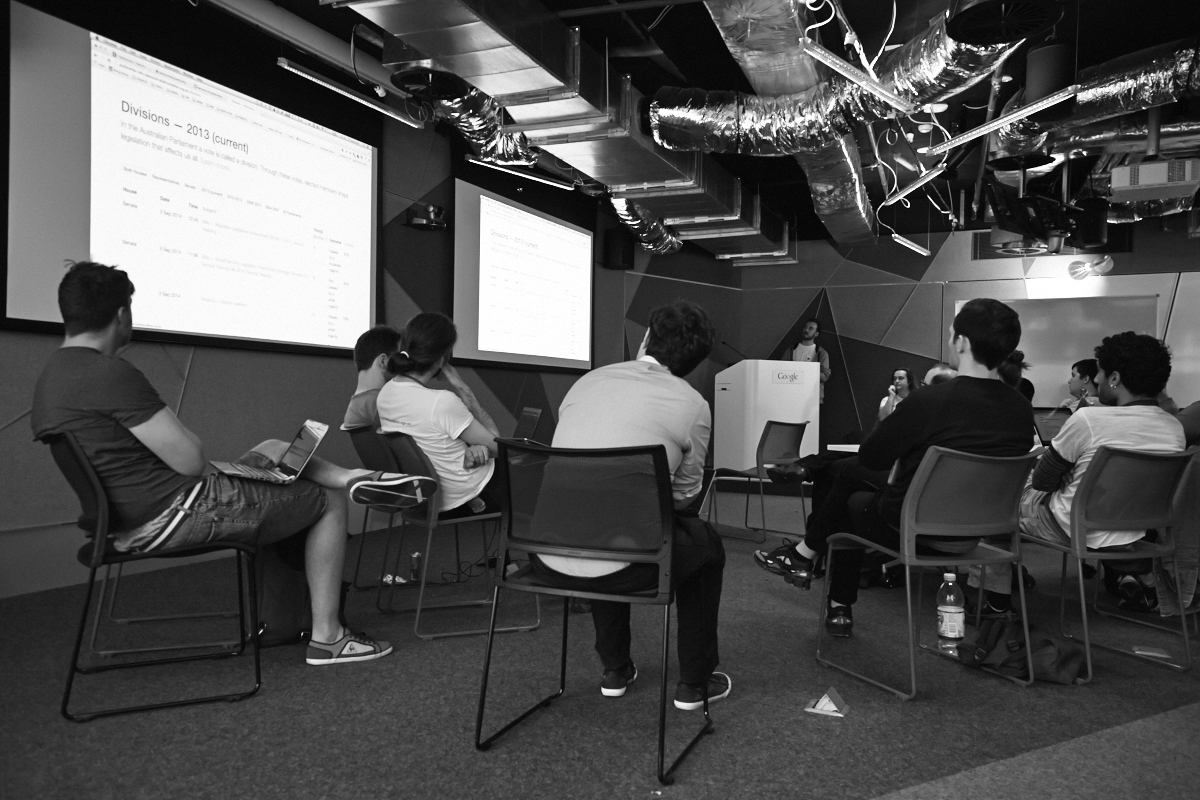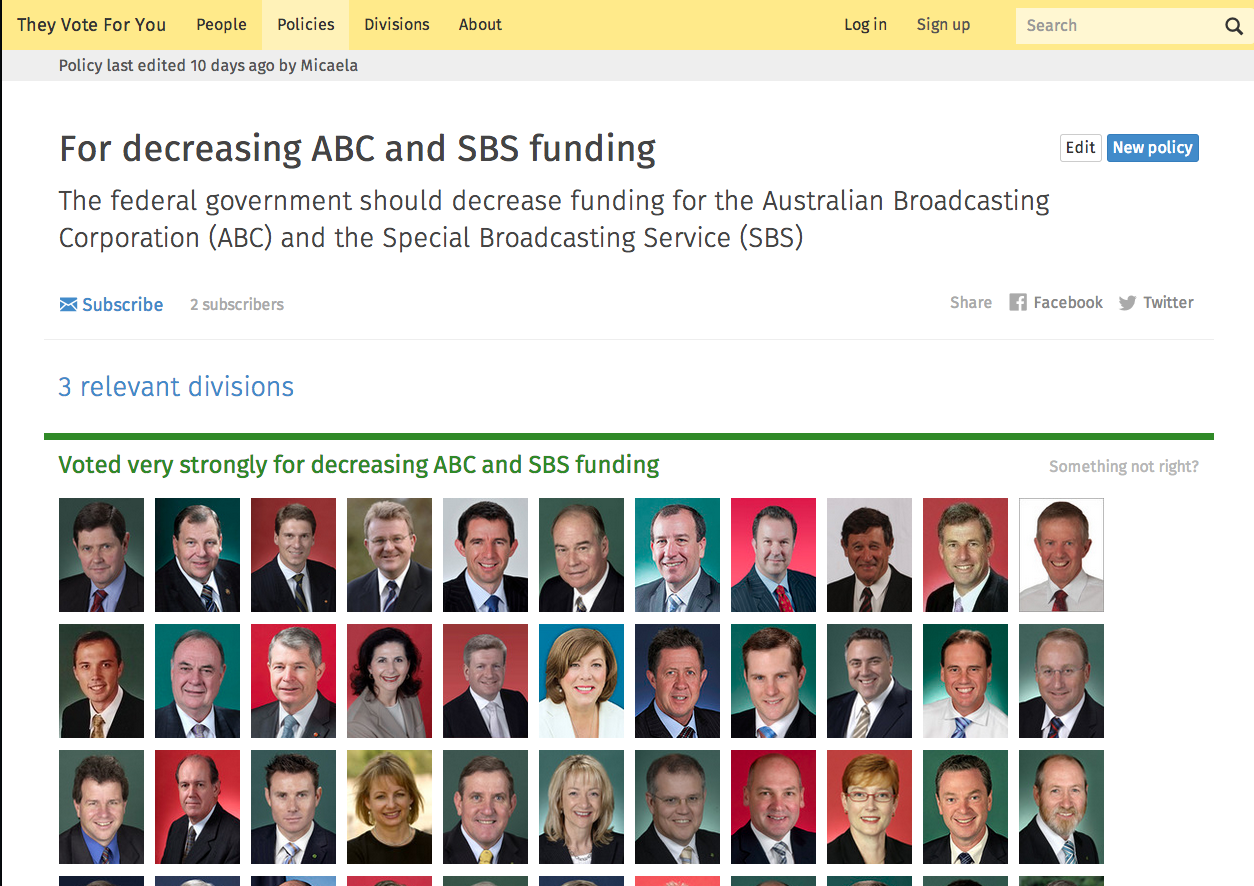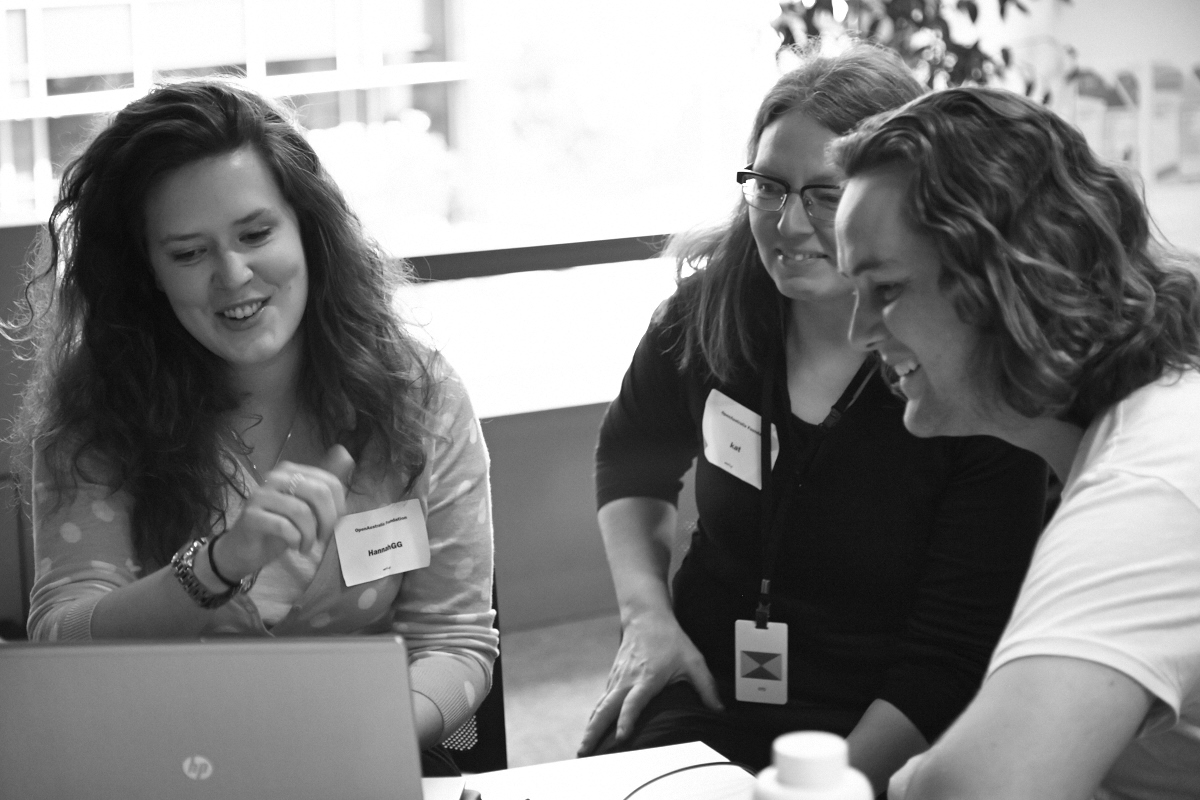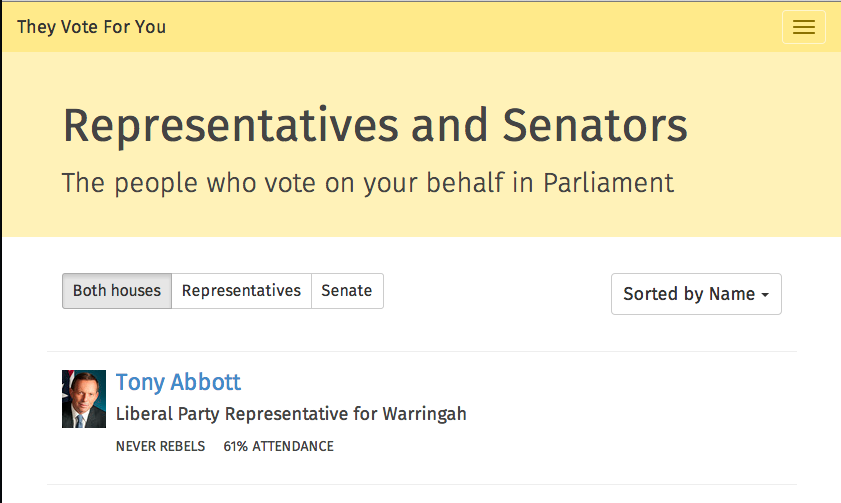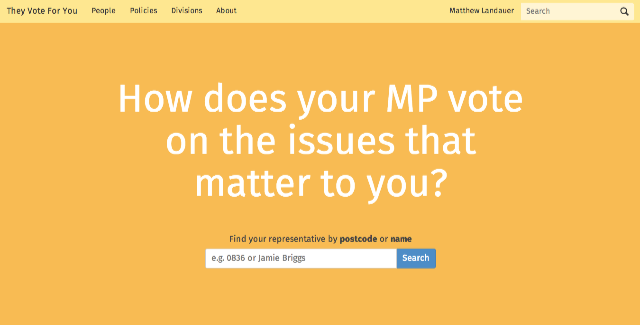Rosie Williams has independently made a huge contributions to budget transparency and the accessibility of public data in Australia through her project InfoAus.
It’s been a while since we were able to catch up at the last pub meet so I sent through a few questions.
What are you working on at the moment? and what was the path to this point?
I am re-developing my open data project KnowYourPlace to include data visualisations of ABS SEIFA data. The idea is to provide this information on social and economic inequality to the public in ways we can interact with and make use of. KnowYourPlace is the part of my website (InfoAus) that displays political information based on geographical and political boundaries.
I implemented the original version of this data over the Australia Day long weekend in 2013. This redevelopment is aimed at giving meaning to the data- providing visual context to the data so that users can look at the pages and see what the data means for them.
Another aspect of my work is to push the boundaries on data provided for re-use by the government which forms the basis of open data projects like those on InfoAus. For example, after speaking with the ABS last week about the information needed to filter data by federal electorate, the ABS agreed to publish electorate concordances along with locality information. Previously, federal electorate was only published with postcode information rather than suburb-level information. This is a great step forward.
With the projects I work on it is often the first time data has been presented in ways that allow grouping by political boundaries so it is only with such use-cases that the government can get the feedback that it needs to provide data in ways that provide meaningful analysis for web applications.
Why should people be interested in the ABS’s Socio-Economic Indicators For Areas data? Has that data shown you anything surprising?
The most interesting and sad thing about the SEIFA data is that the lowest percentile of socio economic localities all appear to be Indigenous communities. I got a bit of a shock when I first mapped the top and bottom percentile of advantage and saw Australia’s racial inequality so starkly illustrated.
How have you found working independently on projects?
Working independently is difficult in that I can often go for long time periods without any feedback on what I’m doing. However in the past couple of weeks I’ve really enjoyed creating original solutions to data visualisations that are entirely my own code. Being responsible for both the front and back end of my projects means I have been able to provide custom solutions for the entire project, designing visualisations that provide data in ways that have meaning and that people can interact with. Being a sociologist with coding skills has enabled me to provide this custom solution.
For people wanting to contribute to your projects, or find out more, what is the best way for them to get involved?
InfoAus and it’s projects are the result of what is now years of hands-on work and the university education that preceded them. My passion regarding inequality in Australia began with my own experience of disadvantage and through a degree in Sociology, programming and the years of work and activism that has gone into building the projects I have made real progress in improving political and budget transparency in Australia.
One of the problems facing open data projects is the difficulty in finding a way to support the people who work on them.
In order to continue working on budget/political transparency through my projects, I will have to begin earning money to support myself. I will look be looking at crowd funding and other options for the survival of my projects.
I’ve introduced Google ads to the site and I’ll be looking at doing iphone apps and marketing the databases to libraries. This will probably mean the databases will eventually be put behind a paywall.
What has impressed or interested you from the worlds of civic tech or open data recently?
The world of civic tech had a really important win last year that I became aware of in December. Grants.gov.au is a site being created by the federal government that- when available- will host information from all federal agencies on the community grants they provide. Currently, agencies publish this information in different ways, in different places with no consistency in terms of the information or format. A new specification has been developed for this grants data that requires agencies to provide the data in ways that allow it to be cross-referenced with the Portfolio Budget Statements released on budget night. This is consistent with the requests that I have made to the Department of Social Services regarding their grants funding data so I was very pleased to see it be implemented across the board.
The upshot of this is that grants funding (which will be published with geographical information) can then be matched with budget data and made searchable by geographical or political boundaries. The first implementation of this new specification made searchable by political and geographic input is part of my budget transparency project BudgetAus at http://infoaus.net/budget/social/index.php
Contacts that I work with within the government are also making in-roads in providing avenues for representatives of projects like mine to give feedback to for example, the Joint Committee of Public Accounts and Audit which sets out the specifications for agencies to provide information in their Annual Reports. Annual Reports data have implications for budget transparency so this is an important matter to pursue. Most of this current progress in budget transparency is being ignored by the media so it is good to be have this publication in which I can report it.



